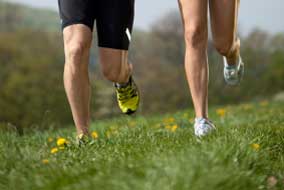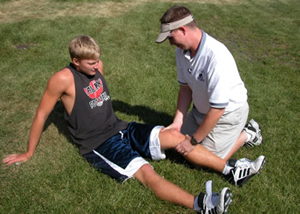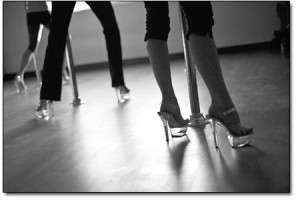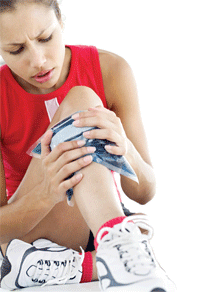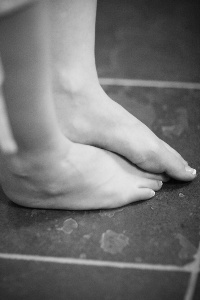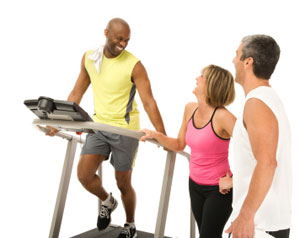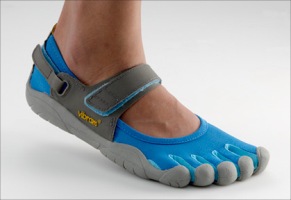 I was out running one morning about two years ago. It was a rare morning where I didn’t have music pumping in my ears. As I was approaching a turn, I began to hear an odd rhythm. It almost sounded like duck feet smacking the ground. As I got closer, I saw another runner coming towards me. The sound was coming from her shoes. She was wearing what looked like gloves on her feet as she trekked along. This was the first time I’d ever seen anyone run in the Vibram Fivefinger shoes. Flash forward two years and these shoes and the minimalist movement have grown tremendously popular. However, as with most popular things, it’s not all necessarily a good thing. There’s quite a bit of controversy over these shoes and the proper role they play in the sport of running.
I was out running one morning about two years ago. It was a rare morning where I didn’t have music pumping in my ears. As I was approaching a turn, I began to hear an odd rhythm. It almost sounded like duck feet smacking the ground. As I got closer, I saw another runner coming towards me. The sound was coming from her shoes. She was wearing what looked like gloves on her feet as she trekked along. This was the first time I’d ever seen anyone run in the Vibram Fivefinger shoes. Flash forward two years and these shoes and the minimalist movement have grown tremendously popular. However, as with most popular things, it’s not all necessarily a good thing. There’s quite a bit of controversy over these shoes and the proper role they play in the sport of running.
There’s lots of debate over the safety of minimalist running and barefoot running. There are also a lot of grey areas in the subject. While some shoes are minimal in the support they offer, they are not equivalent to a barefoot or even a Vibram. However, all members of the pro party tend to support the general theory that the stronger the foot, the better the runner will run.
Vibrams (pronounced “VEE-Brims”) claim that they allow the runner to land on their forefoot which results in optimum balance, improved stability, lighter impact, and increased propulsion. The Vibrams also claim to help correct form problems along with strengthening and stimulating muscles in the feet and lower legs.
So with such positive claims what’s the objection to this product? First Gear running shoe store owner, Gary Gregory, sees the Vibrams as a form of barefoot running and explained why he will not carry the product.
“Barefoot running is too radical of an idea from the norm, it’s too big of a departure and too big of a change for people who have been running in shoes for years.”
(more…)


